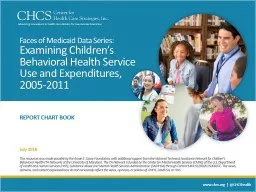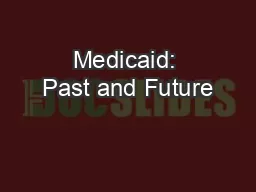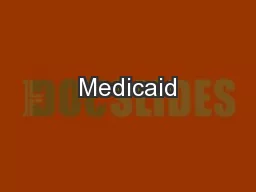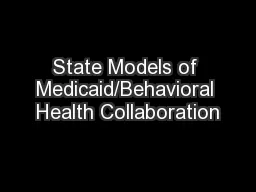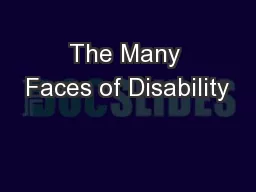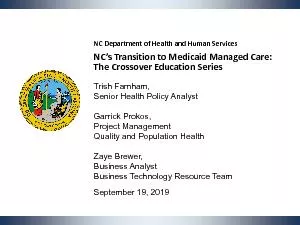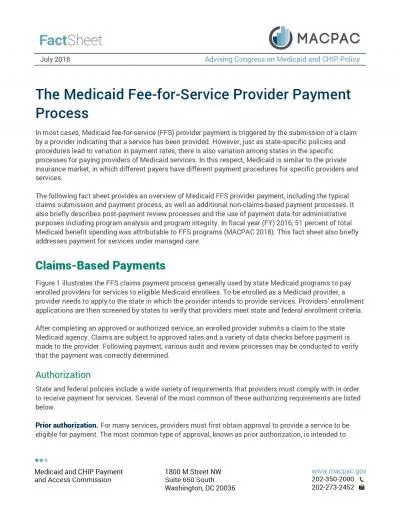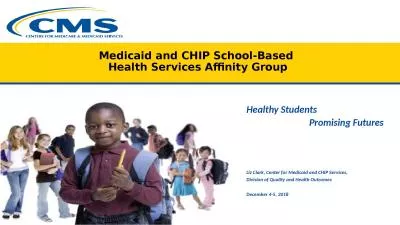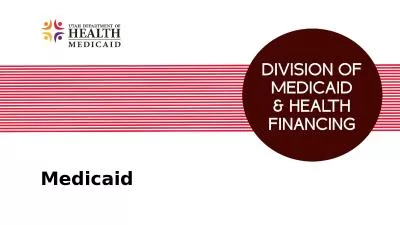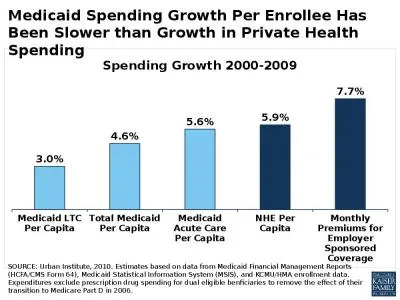PPT-Faces of Medicaid Data Series:
Author : min-jolicoeur | Published Date : 2018-11-01
Examining Childrens Behavioral Health Service Use and Expenditures 20052011 REPORT CHART BOOK July 2018 This resources was made possible by the Annie E
Presentation Embed Code
Download Presentation
Download Presentation The PPT/PDF document "Faces of Medicaid Data Series:" is the property of its rightful owner. Permission is granted to download and print the materials on this website for personal, non-commercial use only, and to display it on your personal computer provided you do not modify the materials and that you retain all copyright notices contained in the materials. By downloading content from our website, you accept the terms of this agreement.
Faces of Medicaid Data Series:: Transcript
Download Rules Of Document
"Faces of Medicaid Data Series:"The content belongs to its owner. You may download and print it for personal use, without modification, and keep all copyright notices. By downloading, you agree to these terms.
Related Documents

